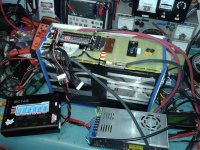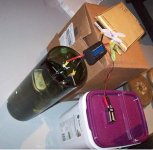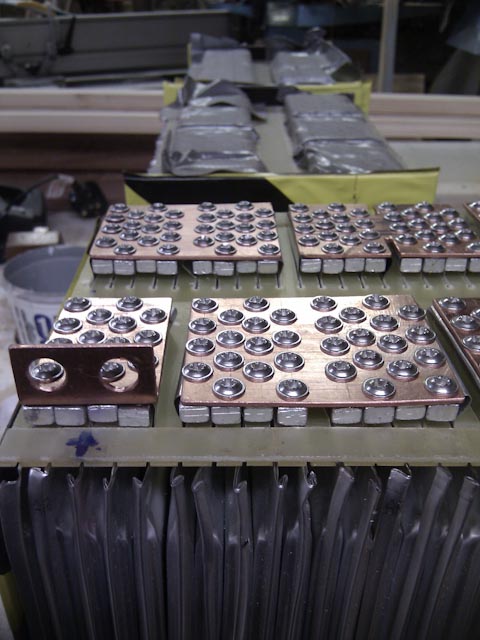agniusm
1 MW
Doctorbass said:I saw a thread that Methods started that is interesting. It suggest using Fets ( solide state) instead of contactor or relay and to solve alot of existing problems we have.
http://www.endless-sphere.com/forums/viewtopic.php?f=14&t=48166
The battery is finished and i am at the point where i need to connect the Signalab 16s BMS to the battery but it's a stock 40A bms. the first idea i had was to use 4 car relay with coil in serie to get an equivalent 48V coul that would be driven by the BMS output and have the contact in parallel. I would het about 80A x 4 = 320A max and have 160mA of current to drive the relay that wold also be activated with a 12V relay that conect to the Zero 12V system so once the zero is ON, the relay let the 48V out of the BMS to go to the relay coil and activate them to conduct up to 320A. this desing is simple but will draw 170mAh every hour... for nothing... and these 1 cu inch car relay just dont enter in the battery case i designed...
Then i thought abot using my EV-200 that would be driven by a 48V to 12V dc-dc where the 48V is from the BMS output... but again the contactor is big and draw 1.9W for nothing... i could also add a 12v relay in serie that would be active only when the zero is ON, but it add some connections between the battery and the motorcycle.. and also the EV-200 is too big.. i would need to install it out of the battery wich is not esthetic.
Then i thought about adding some 4110 mosfet to the signalab bms and use it as is but with more parallel mosfet... i remember that i was able to drive like 20A continuous with minimal heat sink at 58V for only one mosfet...! so for 300A+ i would need 15 of them... and if my controller have regen i woul need to double that !
OK.. wait a minute... 300A is for burst and the average is more like 50-60A on my Zero.. at least... this is what i have recorded with my Cycle analyst... so this mean i could just install like 10 of them for having 100A cont and 400A burst? safely? Hmm ... will see with the update on his thread.
Doc
Doc, what about bypassing BMS fets all together? Controller must have shutoff, why not use that and have 1200A burst









